Lisa Maxwell: A Grand Maestro Makes Her Debut
 Since her early 20’s, Lisa Maxwell has been known among the inner circles of jazz musicians and orchestras that record for TV and film scores. 2019 marks her debut as a leader on her own recording Shiny! A multi-cultural, multi-layered, and multi-faceted endeavor, Shiny! is symbolic of Maxwell’s adventures through life, incorporating her musical influences from childhood like boogaloo and bebop while kneading into her creation various musical styles, which she discovered along the way like fusion, big band, swing, and R&B/soul.
Since her early 20’s, Lisa Maxwell has been known among the inner circles of jazz musicians and orchestras that record for TV and film scores. 2019 marks her debut as a leader on her own recording Shiny! A multi-cultural, multi-layered, and multi-faceted endeavor, Shiny! is symbolic of Maxwell’s adventures through life, incorporating her musical influences from childhood like boogaloo and bebop while kneading into her creation various musical styles, which she discovered along the way like fusion, big band, swing, and R&B/soul.
Shiny! is not only special for being Maxwell’s debut effort as a leader in her own right but also because the musicians on the recording have ties to the late trumpet player Lew Soloff. An individual who affected her profoundly, indelibly, and became the impetus for Maxwell to take the plunge into writing, arranging, and recording her own recording of original works as a leader.
She describes how she and Soloff’s relationship started. “I met Lew at Sweet Basil [night club] when he was playing with the Gil Evans Orchestra on Monday nights. I was studying saxophone with Joe Allard at Manhattan School of Music, and hanging out in clubs all night, hearing the most incredible music. Lew was an influence in many ways. He had such a high level of musicianship, and he approached all music with that same standard and respect. His passion for music and for his instrument was contagious, and everyone around him felt it, and wanted to play their best. Not to mention his unique personality. He was sincere, honest, hilarious, clumsy, unwitting, sweet, clever, and loved practical jokes. He had an amazing spirit and an amazing sense of humor. We had a lot of fun times.”
She recalls, “Lew was a champion of my writing, and urged me to ‘just GET YOUR STUFF OUT THERE!’ I had written many arrangements for other people but had never released an album of my own material. Lew said he’d play on anything I wrote, I just had to tell him when. He especially liked my arrangement of ‘We’ll Be Together Again,’ which I had actually written at Dick Grove (music school in Studio City) when I was 23. We talked about doing a project for years but there was always an excuse for why it wasn’t the right time: I was living in L.A., or he was out of town, or I had a baby… Maybe the idea seemed overwhelming and I didn’t know where to start. It was suspended in my imagination as a fantasy. But I thought about it a lot, and planned who would be in the band, and what tunes we would do.”
She reflects, “When Lew passed away suddenly, I realized the time is NOW! I decided to go for it. I didn’t know how I was going to get it 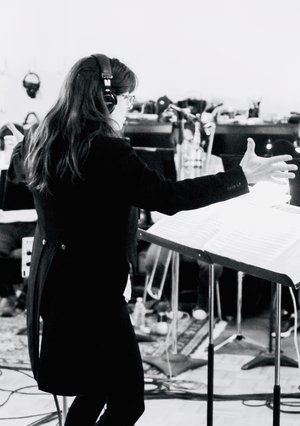 done, but I quickly asked Randy (Brecker) if he’d participate. When he said yes, I had no excuse, and I called the rest of the musicians. Everyone on this album is connected to Lew, and most of these players have played together for decades! The sense of community has been wonderful. It’s like a jazz family.”
done, but I quickly asked Randy (Brecker) if he’d participate. When he said yes, I had no excuse, and I called the rest of the musicians. Everyone on this album is connected to Lew, and most of these players have played together for decades! The sense of community has been wonderful. It’s like a jazz family.”
It’s the communal language of jazz that first attracted Maxwell to the musical form as she explains, “I identified with all styles of jazz right away – it was like I finally found my people! The language of jazz expressed exactly what I was thinking and feeling the way nothing else ever had. I started sneaking into jazz clubs in L.A. when I was 16, and Smokey took me to jam sessions in South Central L.A. with Lee Allen and a bunch of the guys who were around for the West Coast scene in the 50’s and 60’s on Central Avenue. We also went to The Blue Jay Social Club, an after-hours jam session joint. Freddie Hubbard was the secretary. I still have my membership card signed by him”
She shares about those early days, and being exposed to jazz artists in her teens. “During my junior year of high school, I attended the American School of Paris, and all my friends there were into jazz. Although there was all kinds of music in our house including jazz (my dad grew up with Jack Kerouac and used to go to all the jazz clubs in New York City), my first identification with jazz was when I was 15 in Paris. We listened to Weather Report, Jean-Luc Ponty, George Benson, Mahavishnu Orchestra, Larry Coryell, Chick Corea, Chuck Mangione, Zappa. I heard Jaco’s first album and thought he wrote Donna Lee.”
Revisiting those special moments, she recounts, “Back in the States, I heard Lambert, Hendricks and Ross and was obsessed! Initially, I wanted to be a bebop singer. My neighbor and good friend, Smokey Hormel, was studying guitar with Jimmy Wyble, and said to listen to the sax players to learn how to improvise. I heard a Stan Getz/Joao Gilberto record and decided I wanted to play tenor instead. I have an amazing tattoo of Sonny Rollins on my forearm!,” she admits enthusiastically.
On the topic of being affected by jazz musicians in her youth, she recollects, “Charlie Haden was a family friend, and took me under his wing, as well. He let me sit in on his classes at Cal Arts, and brought me to a lot of jazz clubs. He turned me on to Ornette’s music, Elmo Hope, Art Pepper, Hampton Hawes, Dewey Redman, Egberto Gismonti & Arco Iris.”
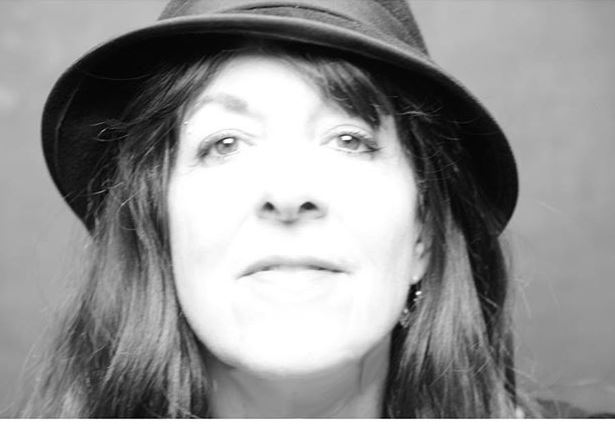 The cornerstone had been established, setting Maxwell’s sights on keeping in the company of jazz musicians that inspired her creativity. “I went to school with Joseph and Mark Williams (sons of John Williams), and they were playing with a bunch of young studio musicians who got me into fusion: Mike Landau and David Garfield had a band called Karizma with Vinnie Colaiuta, Jay Gruska, Paul Gordon. I’ve been incredibly lucky to have been around extremely talented cats my whole life.”
The cornerstone had been established, setting Maxwell’s sights on keeping in the company of jazz musicians that inspired her creativity. “I went to school with Joseph and Mark Williams (sons of John Williams), and they were playing with a bunch of young studio musicians who got me into fusion: Mike Landau and David Garfield had a band called Karizma with Vinnie Colaiuta, Jay Gruska, Paul Gordon. I’ve been incredibly lucky to have been around extremely talented cats my whole life.”
Her instincts for identifying like-minded talented cats led her to the musicians that she chose to record on Shiny! “I put the band together with specific players in mind for different songs,” she summarizes.
For the title track, she strove for a Mod Squad-like boogaloo ambience, imparting, “To keep the style of the tune authentic, I knew I wanted Fender Rhodes, clavinet, wah-wah guitar, bongos, alto flute, and, of course, Randy’s wah-wah trumpet. Paul Shaffer was one of Lew’s closest friends, and someone I’ve known for a long time. He’s THE cat! Pete Levin played with Lew in the Gil Evans Orchestra. They’re both fantastic keyboard players and know the genre intimately. Who better to play the Rhodes and clavinet parts than these two? All I had to do was write the changes, a few key rhythms, and the word ‘Boogaloo’.”
Why explore the booglaloo style and compose her own interpretation of the 70’s jazz-infused funk? She reveals, “I’ve always loved Boogaloo. It was the prevalent style in the 70’s, and heard on many of the TV themes that underscored my life when I was growing up. In a way, it’s my cultural foundation. Boogaloo is happy music; it grooves so hard it makes people want to dance and have a good time. It always makes me feel good, and is really fun to play, as well!”
She purports, “I wanted to write my own Boogaloo tune as kind of a testament to that time in music history, which was full of creative energy, flowing and juicy and unrestrained. I imagined a suspenseful TV show from 1974 that they found sitting on a shelf, unfinished – maybe a cop show with lots of motorcycle chase scenes – and that I needed to write the theme song. I started with the rhythm of the bass line in my head, then I heard it as a blues and the notes came right away. I usually sing the melodies first. I was riding the subways of New York City, humming boogaloo lines into my iPhone recorder! As I wrote the melodies for the different sections of the tune, I immediately heard the rest of the parts. That doesn’t always happen, but when it does, it’s an amazing feeling and process. The tune almost writes itself.”
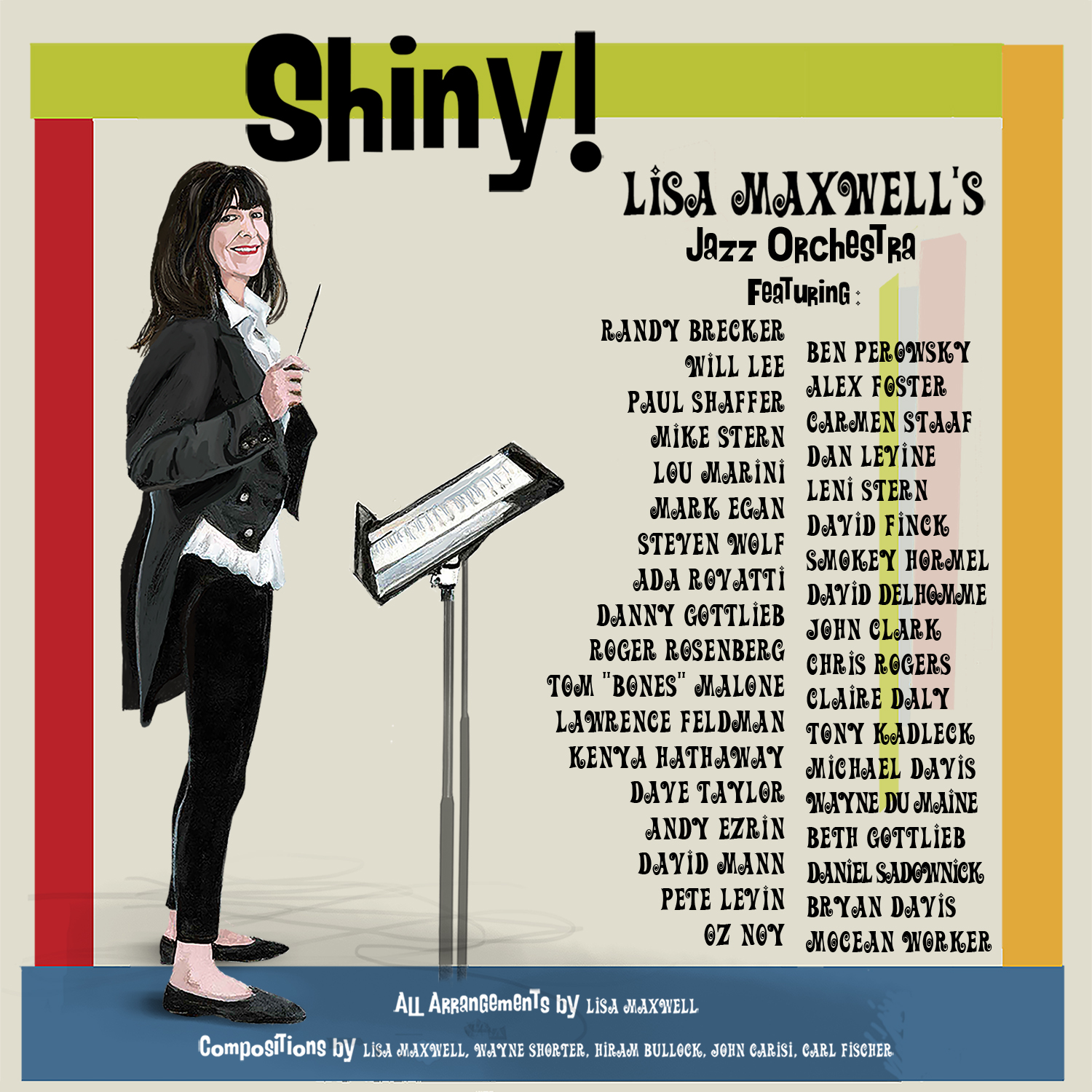 Other musicians who put their imprint on the boogaloo-imbued title track include Steven Wolf on drums, Will Lee on bass, Oz Noy and Smokey Hormel on guitars, and Dave Taylor on trombone. She remembers how she met each one.
Other musicians who put their imprint on the boogaloo-imbued title track include Steven Wolf on drums, Will Lee on bass, Oz Noy and Smokey Hormel on guitars, and Dave Taylor on trombone. She remembers how she met each one.
“I first heard Steven Wolf play drums when we were both at Berklee. He looked like a Heavy Metal dude but was this unbelievable funk player and a great jazz player as well,” she ruminates. “I had already been living in New York City, where I had met Hiram Bullock, Will Lee, Jaco, Lew, all those guys. I introduced Steven to Hiram, and he and David Delhomme (another friend from Berklee) became part of his band. Today, Wolf is one of the most in-demand session drummers/programmers who works with everyone from Beyonce, to Katy Perry, to Miley Cyrus. His feel and pocket are so tight, and he and Will are one of the funkiest rhythm sections you’ll ever hear!” She vows.
“Like many of the musicians on this album,” she muses, “Will Lee played on thousands (yes, thousands) of albums, jingles, movie/TV scores, and live gigs. He was a no-brainer for this tune, and I wrote the bass-line knowing he’d breathe funky life into it like only he can – he played with James Brown, for god’s sake!”
Delving further into the track, she illuminates, “I wanted the solos to be as electric as possible, beginning with guitar. Smokey has that Eric Gale smooth funk sound, and Oz is awesome on the wah-wah guitar. I thought it might be cool to have them play a couple of choruses back to back, building up to Randy’s stellar solo on trumpet with the wah-wah pedal, a sound he pioneered! Randy’s playing is always top tier. And, much like Lew, he’s playing at such a high level but always reaching for something new with open ears. I’m so grateful he was able to do it!”
Continuing, she additionally points out about the title track, “The outro was another opportunity for a solo, and one of my favorite things to do is to take someone out of their comfort zone and have them play in a different musical environment. It makes the player and the listener reach for something new. Dave Taylor is extremely versatile, but he usually solos in free jazz and new music than conventional jazz styles. So I knew it would be cool to have him take us out with a solo which might seem incongruous, but which actually fit perfectly. I love how he plays, and it sounds like he’s talking to Lew, telling him how much we all miss him!” She intimates.
As for the inspiration for the title of the track, which would become the title of her debut release, she expresses playfully, “I came up with the title, ‘Something Shiny,’ but a friend suggested that since attention spans keep dwindling, I should get to the point and just call it ‘Shiny!’ I liked it as the title of the album as well, since a lot of my writing includes shiny ‘TV endings’ and singable melodies. Out in L.A. where I started as an arranger, everything’s shiny. The exclamation point emphasizes that it’s a complete sentence: Shiny!”
The title track made such a deep impact on Maxwell that she recorded a remix version of the track entitled “Shiny! Remix (MOWO 70’s Emergency Mix)” with electronica/club jazz artist Adam Dorn aka Mocean Worker! Like the album title, he too has an exclamation mark at the ending of his moniker.
“Adam Dorn (aka Mocean Worker!) was also in our crew at Berklee,” she cites. “He’s a super talented musician: a great funk bass player,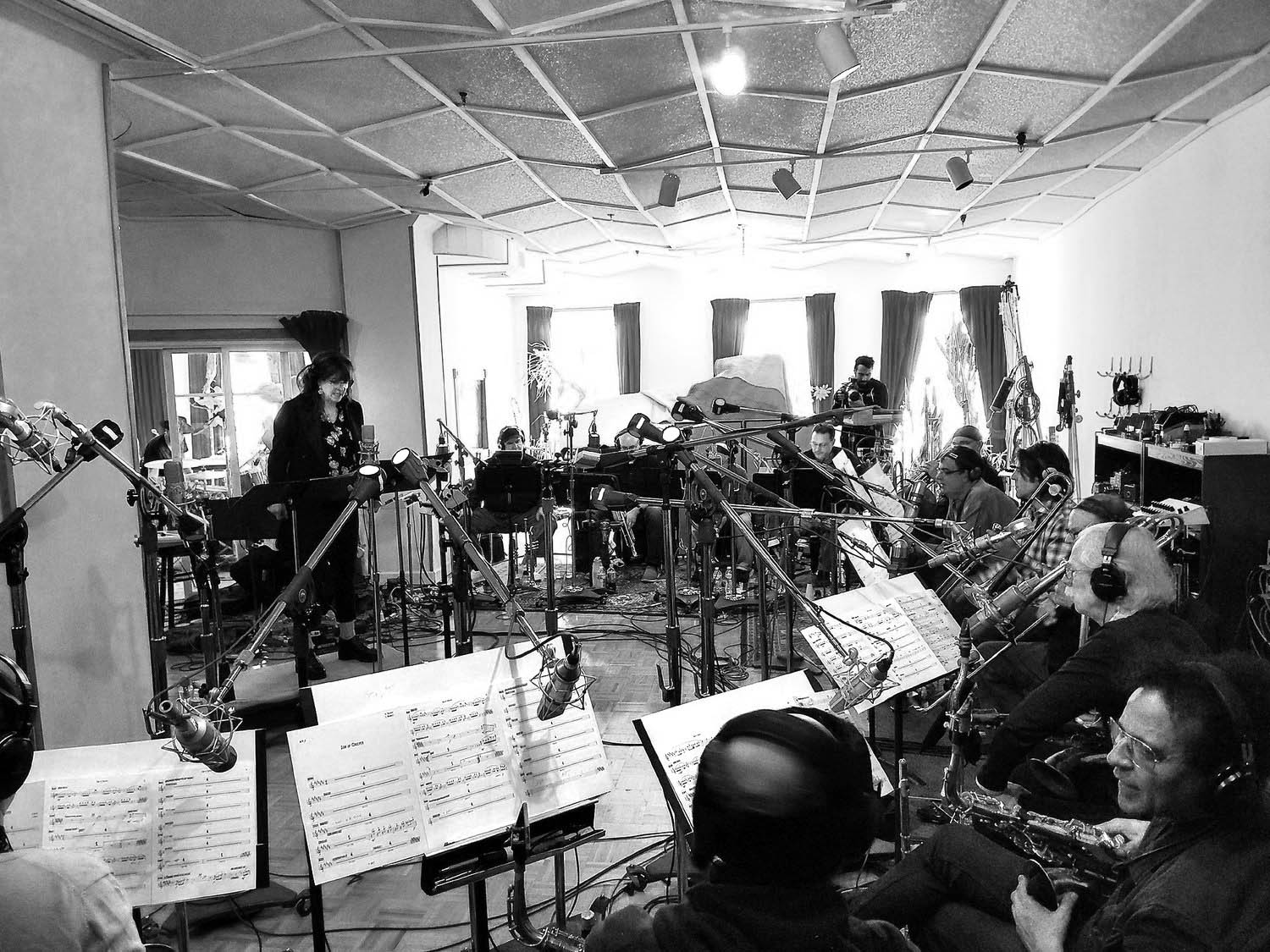 an electronica artist, a producer, and a composer. He’s currently scoring his ass off in L.A. I love Adam’s electronic music, and was curious about what he would come up with if he remixed one of my tunes. Initially, I had [the track] ‘The Craw’ in mind, since he typically works his magic on old swing tunes. But the tempo wasn’t quite right for what he had in mind, so I said, ‘Pick a different tune. What about ‘Shiny!’?’ It came out great, especially where he edited Randy’s wah-wah solo into a Sly and the Family Stone-type feel.”
an electronica artist, a producer, and a composer. He’s currently scoring his ass off in L.A. I love Adam’s electronic music, and was curious about what he would come up with if he remixed one of my tunes. Initially, I had [the track] ‘The Craw’ in mind, since he typically works his magic on old swing tunes. But the tempo wasn’t quite right for what he had in mind, so I said, ‘Pick a different tune. What about ‘Shiny!’?’ It came out great, especially where he edited Randy’s wah-wah solo into a Sly and the Family Stone-type feel.”
Though Dorn did not play on Maxwell’s original work “The Craw” on the recording, the composition still made the cut with Lawrence Feldman on clarinet, Andy Ezrin on piano, Dan Levine on trombone, and Claire Daly and David Mann on woodwinds, all on board. The track displays traces of Duke Ellington’s peppy swing-infused shuffle and chorus of sweet billowing horns.
“I had studied line writing and Duke Ellington’s writing technique with Herb Pomeroy at Berklee,” she details. “I wanted to try out my skills with an Ellington-style tune and modeled it off the real thing! Jazz players are well-versed in different styles, and Lawrence Feldman is a very gifted clarinetist, as well as lead alto (Bob Mintzer Big Band). A lot of the band members play on Broadway, and are great at this style. Dan, David, Claire and Andy were perfect for this tune!”
So much about the recording went perfect that it is difficult to imagine anything about the experience was a hardship, and yet, Lisa Maxwell notes one obstacle that could have stopped the project from taking off.
“The greatest challenge,” she articulates, “was definitely the sorry state of the music business. It used to be that record companies would pay for the production of the music, then recoup that money through product sales. Most of the time, the artist would get an advance as well. Now, people are downloading instead of buying hard copies, so there’s no money to be made in sales unless you’re a well-established artist. Couple that with the fact that because piracy has become an accepted norm, a musician can get 4 million streams on Spotify and make $400. It’s appalling. I called record companies and they told me to raise the money myself through a crowdfunder, then to come back and set up a distribution deal.”
As a result, “I launched a GoFundMe campaign, which demanded countless hours of planning, emailing, asking people for money (crowdfunding is just awkward),” she contends. “But people want to hear good music, and there’s a lot of support on the grass roots level!”
She remarks, “I felt like, Ok, I’m writing the music, arranging it, copying the parts, contracting the rehearsals, setting up the recording session, conducting it… and now raising the money also rests on my shoulders? It costs a lot to pay that many musicians. I’m also a painter, so to save money I did all the artwork as well. As a single mother often working 10-12 hours a day doing scenic painting the project was a labor of love.”
Moving forward, she adds, “After the album was mixed, I went back to several record companies to talk about a distribution deal, but I didn’t want to give up ownership of my master so I opted to self-release. The way I overcame the obstacle presented by the current environment in music was to naively proceed as if it was all going to work out, and, with a lot of hard work, it did!”
 Shiny! has been her own creation from start to finish. A product that she conceived, developed, nurtured, built, fine-tuned, and completed. It has proven to be an entirely different experience from the works she had done previously, which involved writing and orchestrating scores for other recording artists and for TV shows and films. These experiences during her formative years in the music business helped to shape her instincts for composing, arranging, and choosing musicians.
Shiny! has been her own creation from start to finish. A product that she conceived, developed, nurtured, built, fine-tuned, and completed. It has proven to be an entirely different experience from the works she had done previously, which involved writing and orchestrating scores for other recording artists and for TV shows and films. These experiences during her formative years in the music business helped to shape her instincts for composing, arranging, and choosing musicians.
She chronicles, “After I came off the Guns ‘n’ Roses Use Your Illusion tour, I started orchestrating for Steve Bernstein, who had been one of the composers on Animaniacs, and then Histeria! These were animated series created by Steven Spielberg, who wanted to have a live studio orchestra for each episode. The music was in the Carl Stalling formula, who scored all the original Warner Bros. cartoons (Bugs Bunny, etc.). We did 22 minutes of music per week, performed by L.A.’s top studio players. That was a dream job and I learned a lot! Then they cancelled the show, of course.”
“Following that,” she proceeds, “I was asked to write music to be licensed on several TV shows. It was mostly lush strings playing Mantovani-style muzak, or other styles that the people scoring the shows weren’t adept at (if they were into sound design, for instance). As a result, I’ve had music on a lot of cool shows – Dexter, Sons of Anarchy, Burn Notice, Person of Interest, etc.”
“If I’m going to do an arrangement of another artist’s work,” she broaches, “I try to make it better or different, give it something new. Otherwise what’s the point (unless it’s a high-paying gig!)?” She teases.
Longevity in the music business is not common but Lisa Maxwell has achieved status as a long-standing artist in a well-known fickle industry. As for regrets about the decisions she has made while in the music business, she attests, “I try to stay away from regrets. I really believe every experience has brought me to where I am now, which is a place I love.”
She confesses, “I struggled with addiction for many years in the first part of my life. Drugs and alcohol made my decisions for me, got me fired from some good gigs, made me lose friends and relationships, and put me in some dangerous situations. Although, I’m now sober 22 years, I sometimes wonder what my career path would have looked like had I not been wired this way. Then again, maybe I would have been a total jerk, writing auto-tune songs!”
A maestro indeed, Lisa Maxwell makes her debut as a leader on her self-release Shiny! Built out of love for jazz styles, the recording celebrates Maxwell’s musical influences, her life, and the friendships she made along the way. The course she took could not have turned out more perfect if she had planned it. Luckily for her, she had no need to plan. She just rode one wave after another.
About Susan Frances:
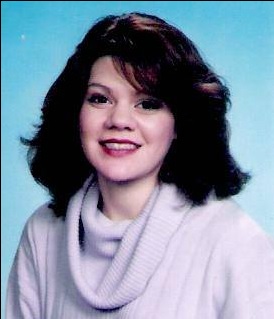 Born in Brooklyn, New York and raised in eastern Long Island, I always enjoyed writing and made several contributions to my high school literary magazine, The Lion’s Pen. Influenced by writers of epic novels including Colleen McCullough and James Clavell, I gravitated to creative writing. After graduating from New York University with a BA in Liberal Arts, I tried my hand at conventional jobs but always returned to creative writing. Since 1998, I have been a freelance writer and have over three thousand articles to various e-zines including: Jazz Times, Blogcritics, Yahoo Voices, Goodreads.com, Authors and Books (books.wiseto.com), TheReadingRoom.com, Amazon.com, Epinions.com, Fictiondb.com, LibraryThing.com, BTS emag, BarnesandNoble.com, RomanticHistoricalReviews.com, AReCafe.com, Hybrid Magazine, and BookDepository.com. In 2013 and 2014, I was a judge in the Orange Rose Writing Competition sponsored by the Orange County chapter of the Romance Writers of America located in Brea, California.
Born in Brooklyn, New York and raised in eastern Long Island, I always enjoyed writing and made several contributions to my high school literary magazine, The Lion’s Pen. Influenced by writers of epic novels including Colleen McCullough and James Clavell, I gravitated to creative writing. After graduating from New York University with a BA in Liberal Arts, I tried my hand at conventional jobs but always returned to creative writing. Since 1998, I have been a freelance writer and have over three thousand articles to various e-zines including: Jazz Times, Blogcritics, Yahoo Voices, Goodreads.com, Authors and Books (books.wiseto.com), TheReadingRoom.com, Amazon.com, Epinions.com, Fictiondb.com, LibraryThing.com, BTS emag, BarnesandNoble.com, RomanticHistoricalReviews.com, AReCafe.com, Hybrid Magazine, and BookDepository.com. In 2013 and 2014, I was a judge in the Orange Rose Writing Competition sponsored by the Orange County chapter of the Romance Writers of America located in Brea, California.


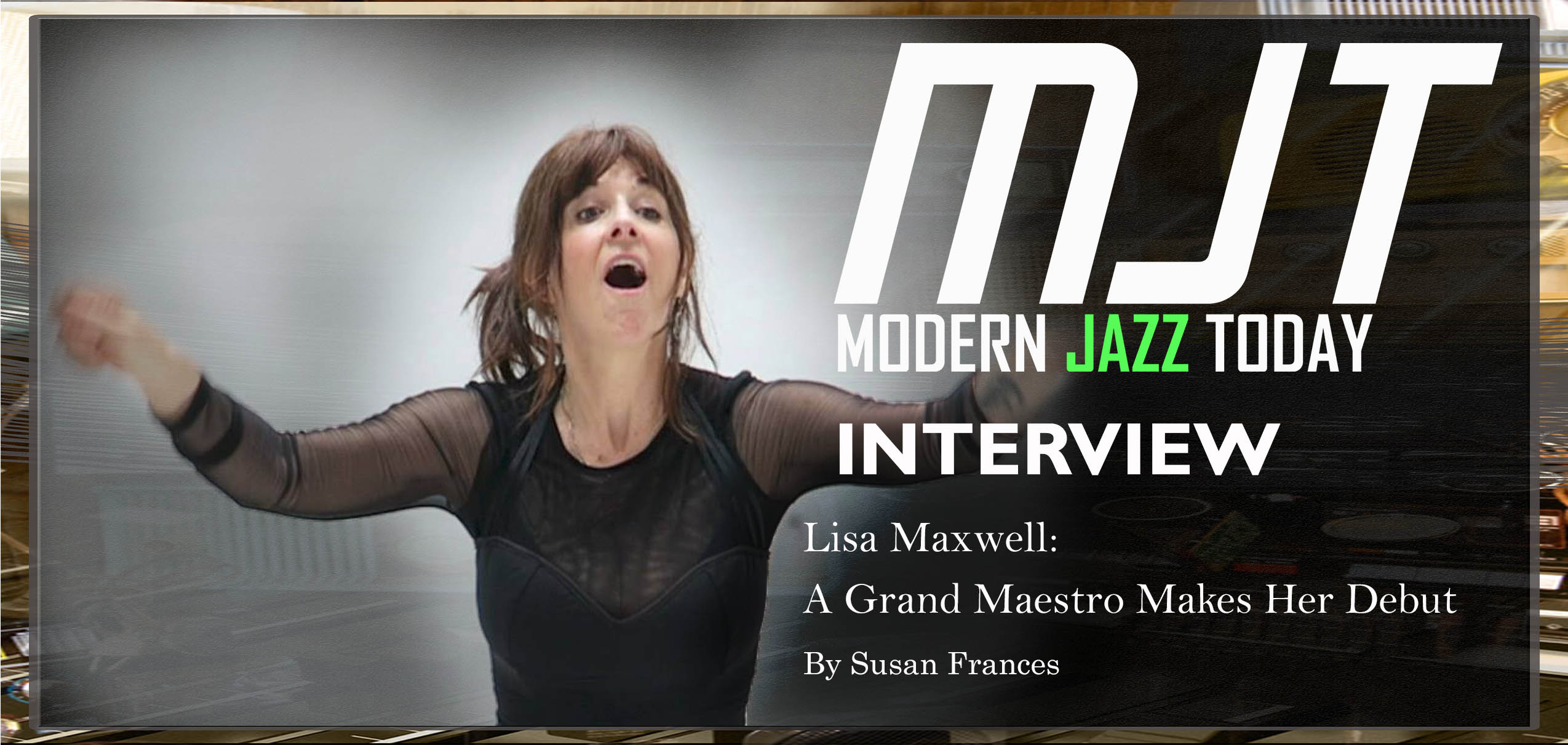


No Comments